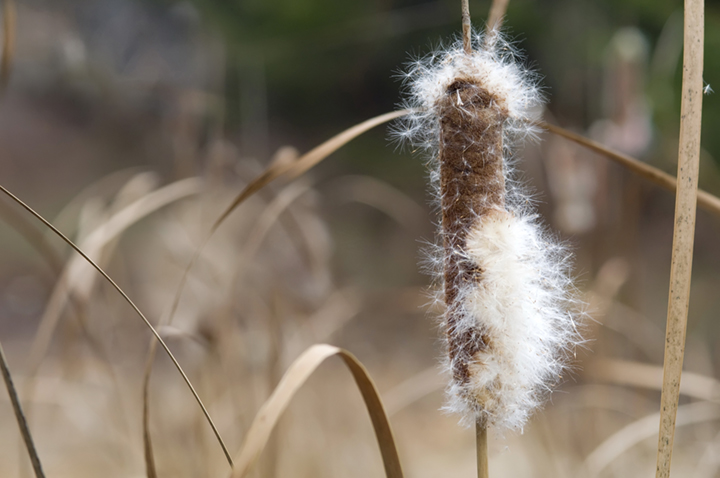There's music in the woods at night; the coyotes are singing their spring love songs. If you get close enough, it can raise the hair on the back of your neck, and around here, it's a good harbinger of spring. Last week, the ground was in a deep freeze, and with the exception of a few snowdrop blossoms and the music of the coyotes, it seemed there wasn't a single sign of spring's approach in these Ozark hills.
Until Friday. We spotted a Phoebe, returned from its winter in the south,
wagging its tail and singing its name.
wagging its tail and singing its name.
A spring peeper (aka, tree frog) let out a timid peep from the pond.
Yesterday, for the first time this season,
we watched wild turkey gobblers displaying for the hens.
One old gobbler wanted to be sure the young ones, with their short, stubby beards,
knew who was boss.
Even when it seems like a long wait, it's good to know there are some things you can always count on-- that as long as the earth endures, spring will come again, that somewhere the coyotes will sing, that the sun will come up in the morning, and that God's mercy will be available for a new day.
Let us acknowledge the Lord; let us press on to acknowledge him.
As surely as the sun rises, he will appear;
he will come to us like the winter rains, like the spring rain that waters the earth.
Hosea 6:3
The steadfast love of the Lord never ceases;
his mercies never come to an end;
they are new every morning;
great is your faithfulness.
The Lord is good to those who wait for him,
to the soul who seeks him.





